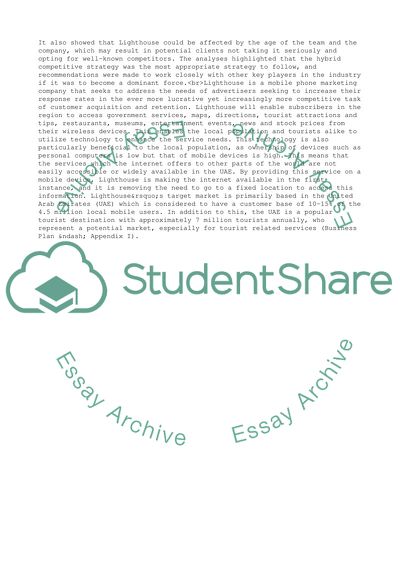Cite this document
(The Hybrid Competitive Strategy Article Example | Topics and Well Written Essays - 2250 words, n.d.)
The Hybrid Competitive Strategy Article Example | Topics and Well Written Essays - 2250 words. Retrieved from https://studentshare.org/management/1713573-strategy
The Hybrid Competitive Strategy Article Example | Topics and Well Written Essays - 2250 words. Retrieved from https://studentshare.org/management/1713573-strategy
(The Hybrid Competitive Strategy Article Example | Topics and Well Written Essays - 2250 Words)
The Hybrid Competitive Strategy Article Example | Topics and Well Written Essays - 2250 Words. https://studentshare.org/management/1713573-strategy.
The Hybrid Competitive Strategy Article Example | Topics and Well Written Essays - 2250 Words. https://studentshare.org/management/1713573-strategy.
“The Hybrid Competitive Strategy Article Example | Topics and Well Written Essays - 2250 Words”, n.d. https://studentshare.org/management/1713573-strategy.


